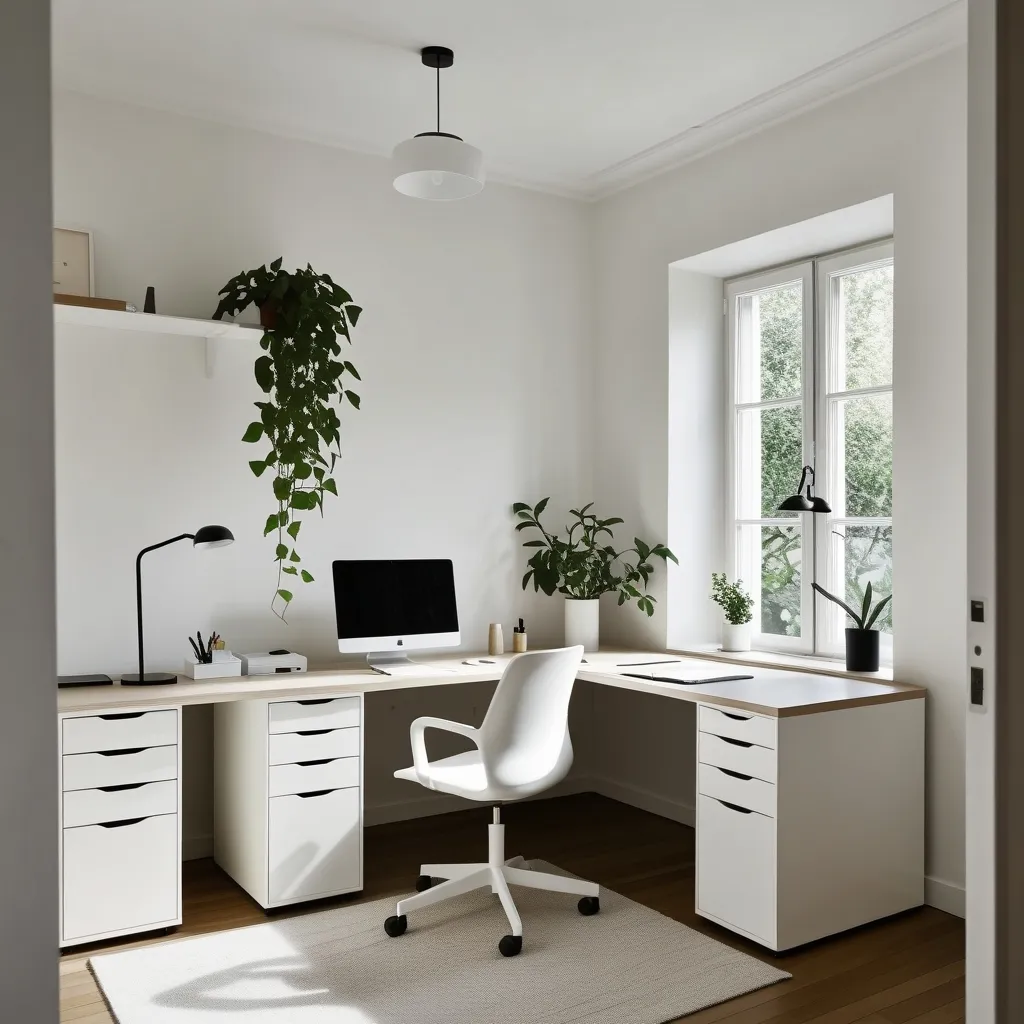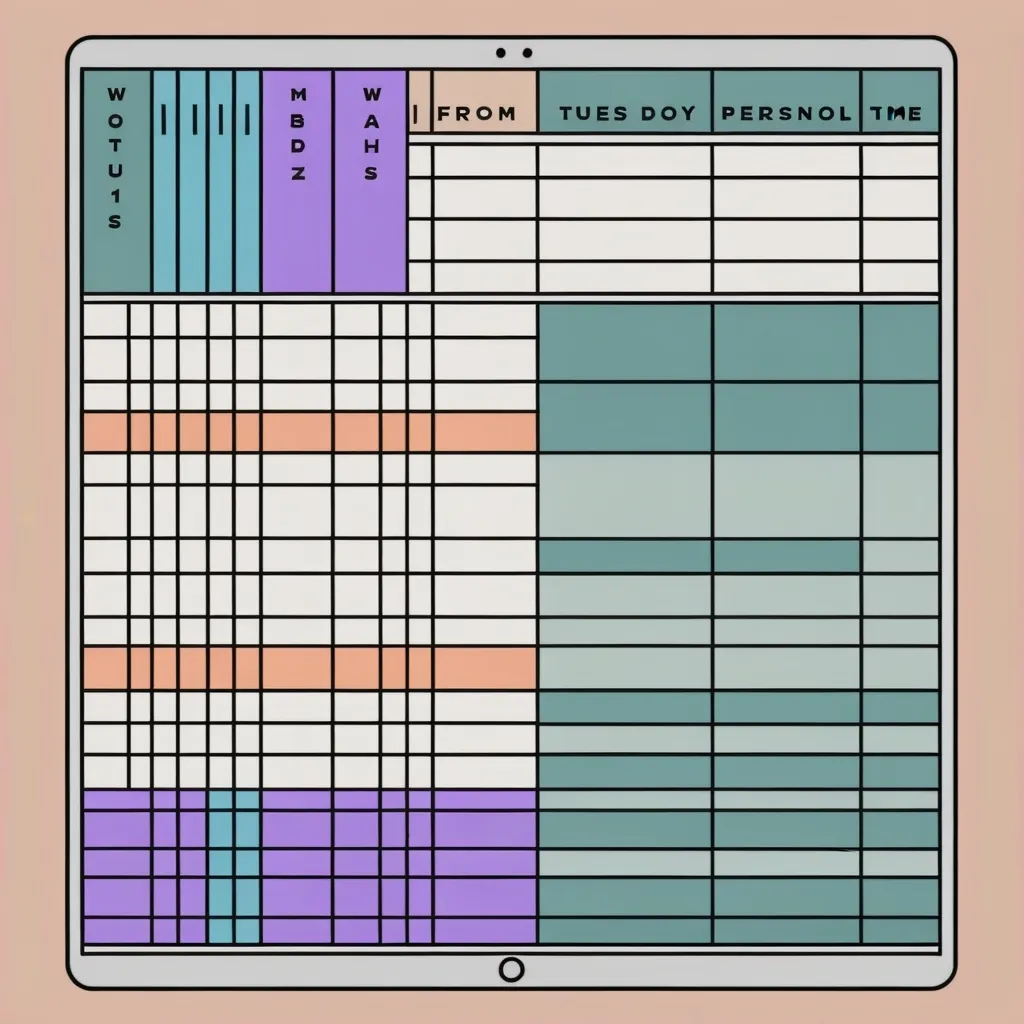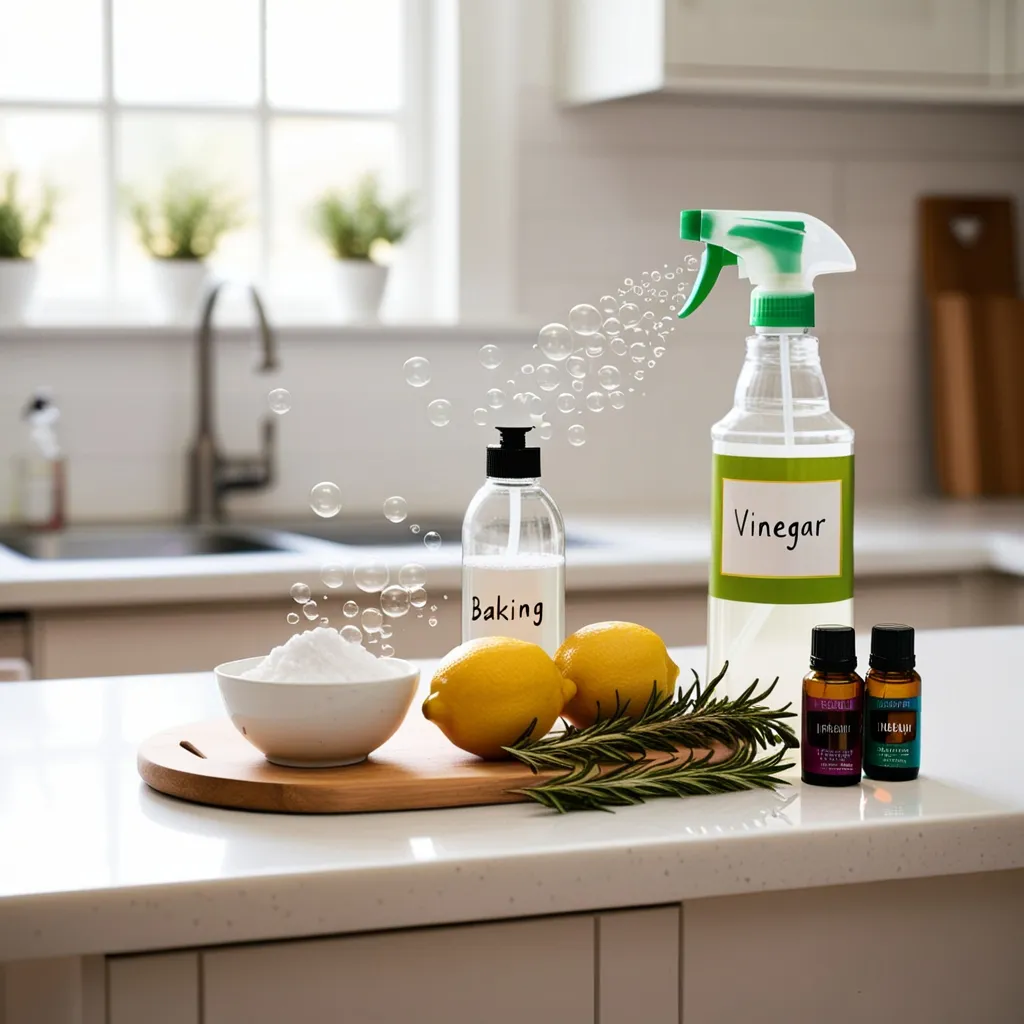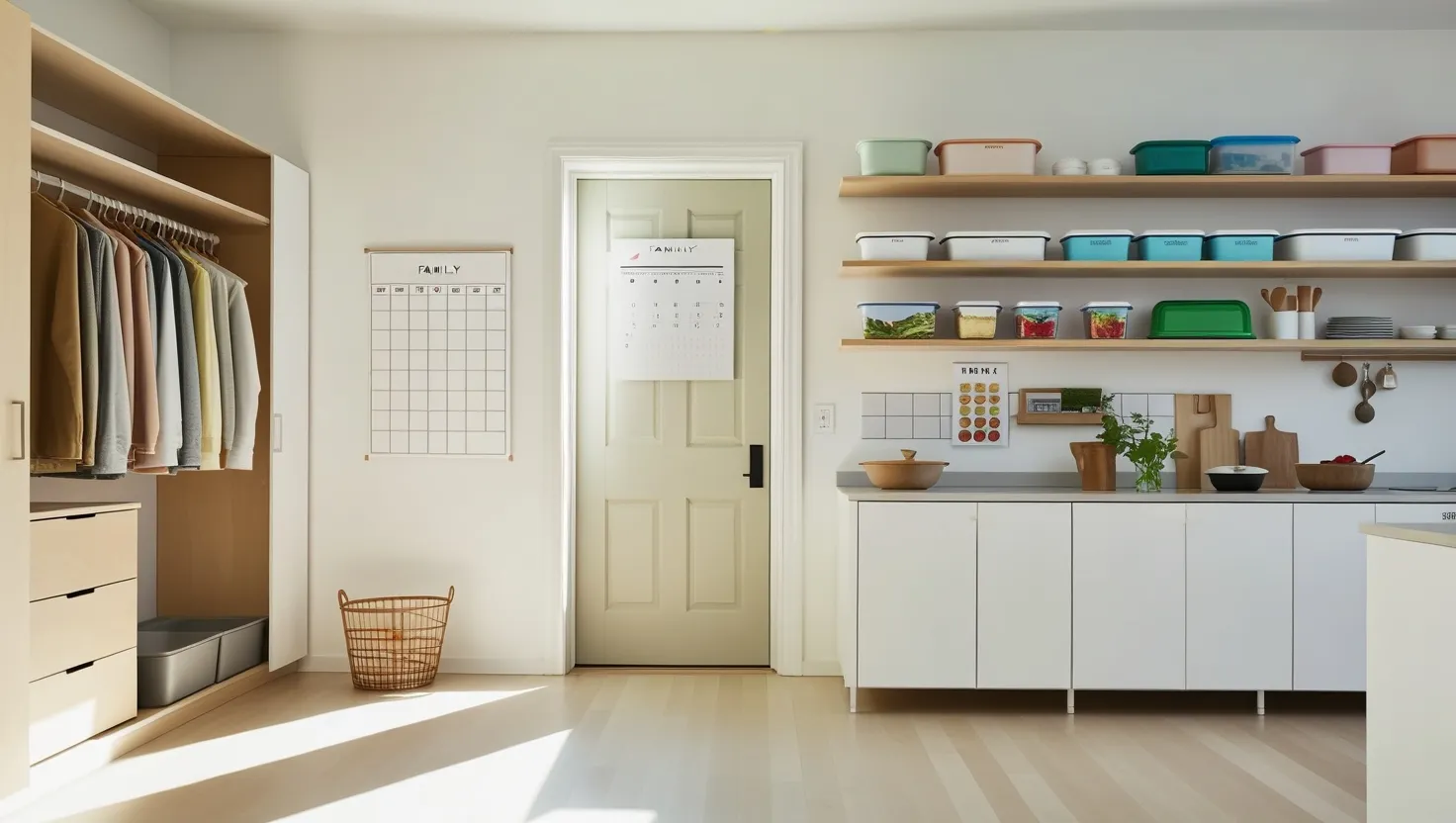Creating a productive work environment kicks off with one crucial step: organizing the workspace. A clutter-free space is more than just aesthetically pleasing; it’s a game-changer when it comes to focus, efficiency, and overall well-being. Here’s how to transform your workspace into a productivity powerhouse.
Clutter is more than just a visual mess; it’s a massive distraction. In today’s fast-paced work world, where tasks pile up quickly, a cluttered desk feels chaotic rather than productive. Research even shows our ability to concentrate is tanking, with some studies suggesting our attention span is now a measly eight seconds.
Minimalism isn’t about having less but making room for more—more time, more space, and more opportunities. By embracing minimalism in your workspace, you carve out simplicity and clarity. This mindset helps reduce both physical and mental clutter, enabling focus on what really matters—the tasks at hand.
First things first, physical decluttering is essential for a minimalist workspace. Clear your desk of all non-essential items and keep only what’s necessary for efficiency. Drawers and organizers can keep things tidy. Imagine a desk with built-in storage; it can eliminate the need for another cabinet, keeping your workspace clutter-free and straightforward.
Don’t overlook vertical space in the office. Shelves, pegboards, or magnetic boards can keep essentials within arm’s reach while freeing up desk and floor space. This not only makes your office look more spacious but also keeps the clutter at bay.
Multifunctional furniture can be a real game-changer. Think of a chair with built-in storage or a footrest that doubles as an organizer. Even a bookshelf that acts as a room divider can maximize your workspace. A storage ottoman acting as both a seat and a storage solution is another nifty example.
Let’s talk about digital clutter. It’s just as pesky as physical clutter. Periodically clean out unused apps and files from your devices to free up space and keep things neat. Productivity apps, like time trackers or task managers, can help you stay focused and manage your workload efficiently. Turn off non-essential notifications to keep interruptions at bay.
An organized workspace means everything has its place. Invest in storage solutions and adopt a ‘tidy-as-you-go’ mentality. Labeling and categorizing items can make it easier to maintain order and find what you need quickly. For digital files, organize them into folders by category, and archive any files that are no longer necessary.
Lighting plays a critical role in a productive workspace. If possible, choose a desk location near a window to benefit from natural light. Natural light can improve mood, boost alertness, reduce stress, and increase productivity. If natural light isn’t an option, consider lamps that mimic sunlight.
Investing in quality office furniture is crucial—not just for productivity but for physical health, too. Ensure your chair, desk, and computer setup promote good posture and comfort. Adjust the height of your monitor and keyboard to avoid straining your eyes and wrists. Ergonomic workspaces can improve cycle time by up to 18%.
Keeping an organized workspace doesn’t have to be a daunting task. Start by decluttering your desk and removing anything that doesn’t contribute to your work. Spend a few minutes at the end of each day resetting your workspace for the next day. This little habit helps keep your space tidy and provides a sense of closure for the day’s tasks, enhancing mental well-being.
Cable management might be often overlooked, but it’s crucial for a tidy workspace. Investing in cable organizers, sleeves, or clips can make a significant difference. Labeling your cables helps you identify and access the right one without disrupting the setup. A well-managed cable system is a key element in maintaining an efficient workspace.
A clean workspace is essential for productivity. Dust, dirt, and clutter can mentally weigh us down over time. Create a cleaning routine by setting aside specific times to wipe down surfaces, empty the trash, and organize scattered papers. Clean spaces ensure an inviting environment conducive to focused work.
Don’t forget to address digital clutter, too. Set aside time each month to sort through your computer. Delete or archive old files, organize your folders, clear your desktop, and uninstall apps you no longer use. Regular updates to your software and tools help avoid glitches and security vulnerabilities.
A minimalist approach also involves mental decluttering. Clear prioritization of tasks helps focus on what’s most important and reduces the anxiety of multitasking. Incorporating mindfulness practices, like meditation, can help achieve a minimalist mindset, boosting focus and productivity.
An ideal workspace isn’t just about how it looks. It’s about creating an environment that fosters mental clarity, reduces stress, and promotes physical well-being. Keep your workspace open and free from unnecessary items. Following minimalism experts’ advice, only keep items that bring joy, like motivational quotes or artwork. Adding plants can purify the air and bring a touch of nature, boosting productivity.
An organized workspace goes beyond looking neat; it’s about creating an environment that fosters mental clarity, reduces stress, and promotes physical well-being. By maintaining an organized workspace, you can significantly reduce stress, enhance well-being, and cultivate a culture of efficiency and creativity. This setup not only enhances productivity but also greatly benefits physical and mental health.
Building a productive workspace is a multifaceted process involving physical and digital decluttering, ergonomic adjustments, and regular maintenance. By embracing minimalism and organizing your space effectively, you enhance focus, efficiency, and overall well-being. Remember, a well-organized workspace is more than a tool for productivity; it’s a reflection of a mindful work approach, designed to support your best self.






